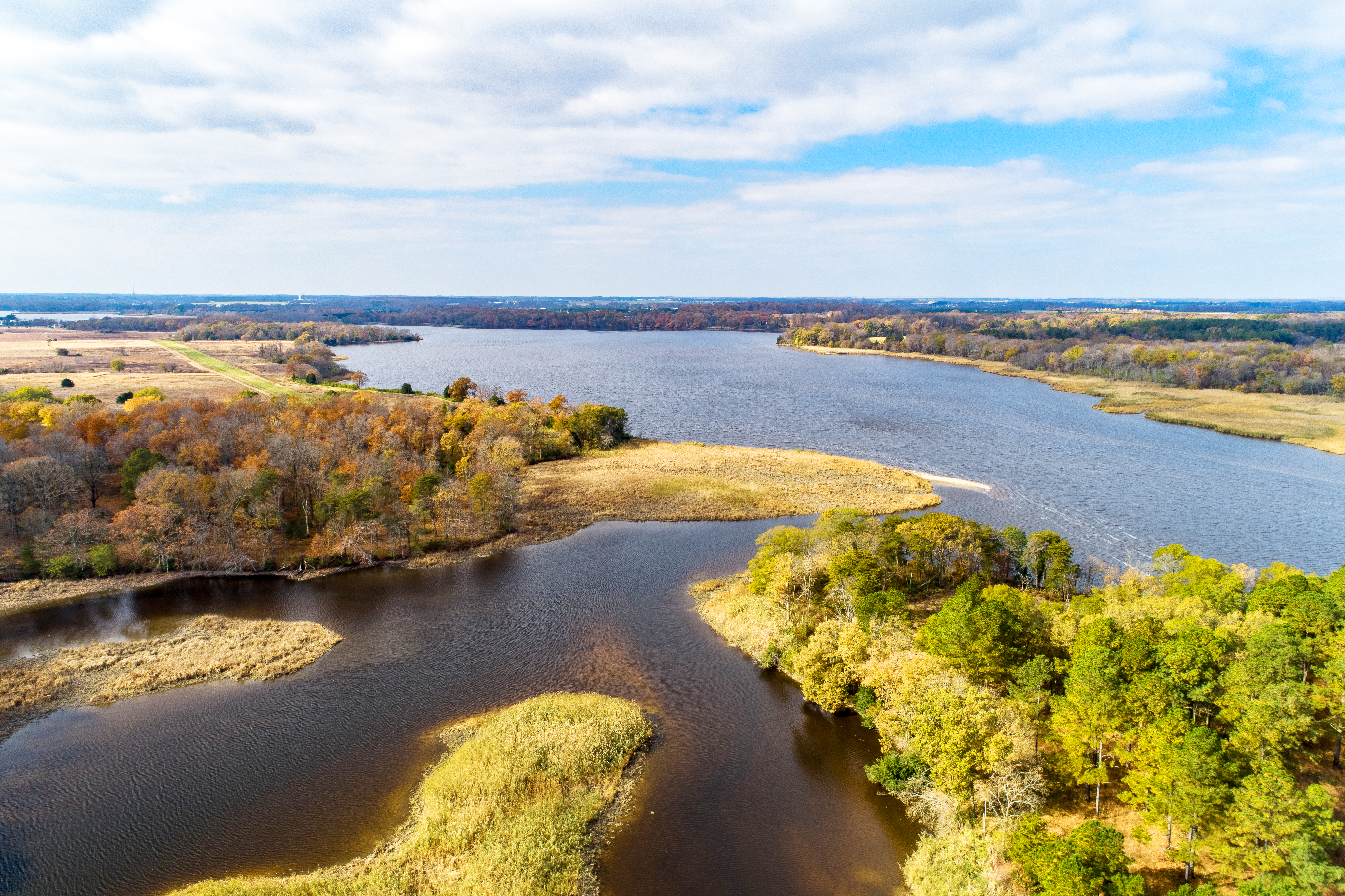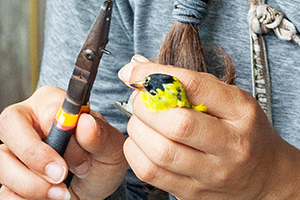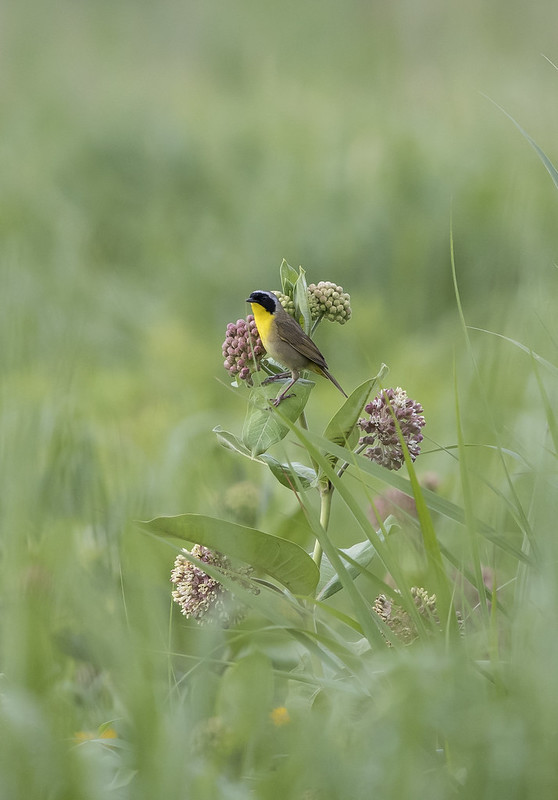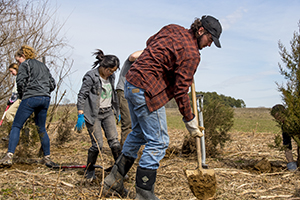

The River and Field Campus
The River and Field Campus at Washington College is a living field lab that fosters environmental projects that are scalable and transferable, with a liberal arts approach that will develop our students into citizens and leaders who understand the complexity of the issues from both the scientific and the human dimension.
The River and Field Campus at Washington College is the largest conservation easement in the state of Maryland – and there's no place like it in the world. The 4,700-acre living lab incorporates 2.5 miles of Chester River waterfront, meadows, untouched hardwood forests, ponds, grasslands, marshes and riverine habitat. Just a 10-minute drive from the Washington College main campus, the River and Field Campus offers students an unparalleled living classroom in subjects ranging from biology and chemistry to environmental art and anthropology.
The size and scope of what's being done at the River and Field Campus at Washington College can't be experienced anywhere else. The River and Field Campus is a place for faculty and students to conduct hands-on field research and collaborate on everything from soil chemistry to bird migration. It's a true test bed for exploring how commercial agriculture can work hand-in-hand with conservation and restoration efforts. Students are given an opportunity to conduct research and propose solutions applicable to real issues, not just in Maryland, but across the world.
The River and Field Campus at Washington College provides the opportunity for students to learn the skills necessary to become global socio-environmental leaders. When our students move on from their education and into the world, they will also become adult citizens of a world facing critical, impending environmental changes. We want our students to be creative and bold enough to develop solutions to challenges that our world is already facing.
The diversity of habitat and ecology that comes with the sheer size of the River and Field Campus at Washington College offers opportunities for students to explore, learn, and immerse themselves in untrammeled wilderness and deeply connect with the natural world. Students will learn through the multidisciplinary lens of the liberal arts, giving them a broader learning experience that is unique when compared to other institutions. From environmental art to bird banding, students at the River and Field Campus will be part of research and innovation that they will take forward into the larger world. They will become citizens and leaders who are well-informed, scientifically trained, and who understand the complexity of the issues from both the scientific and human perspective.
The Food Initiative at Washington College is creating a one-of-a-kind wild food outpost at the River and Field Campus—an outdoor classroom dedicated to exploring the relationship between food and environment, and experimenting with and pushing the limits of wild food resources, from wild plants, insects, and animals, to microflora. Welcome to the wilds of Permaculture Zone 5, a place to learn from patterns in nature. Students often go camping here on fall and spring break, and the campsite can be reached by kayak.
The River & Field Campus at Washington College is managed by the Center for Environment & Society and is home to several important CES programs:
- Foreman's Branch Bird Observatory
- Native Grasslands & Related Habitat Restoration Projects
- The Natural Lands Project
The River and Field Campus at Washington College

Foreman's Branch Bird Observatory
The observatory is the only major migratory bird banding station on the Eastern Shore
and one of the most active in the Mid-Atlantic. In 2016, students and biologists banded
more than 13,130 birds of 131 species. The habitats at the station include fallow
fields, hedgerows, early successional shrub/scrub, second-growth woodlands, mature
wood lots and the open water and mud flats of Foreman's Branch and it's 90-acre lake.
Bird Observatory

Native Grasslands & Related Habitat Restoration Projects
The Center for Environment & Society's experimentation in native grassland restoration of recently retired croplands began in 1999. Special priority was given to the restoration of the Mid-Atlantic coastal grasslands that once dominated the eastern Atlantic seaboard in pre-colonial times, but are now a virtually extinct habitat. The grass lands were an immediate success, attracting a wide variety of new flora and fauna, including several species of birds functionally gone from the area. This success and other restoration programs in agricultural fields have been exceptionally attractive to Northern Bobwhite Quail, a species in sever decline in the region. The River and Field Campus has functioned as a proving ground that has spawned more ambitious projects such as the Natural Lands Project.

Natural Lands Project
Funded with a $700,000 state grant, this CES project is working with the Chester River Association, local landowners, and Tall Timbers Research Station & Land Conservancy to restore buffers and native habitat along the Chester River to help re-establish bobwhite quail and improve water quality. During the summer 2016 count, the number of summer calling males—averaging 25—was up for the seventh year in a row and was a record high. These numbers represent the highest-known concentration of bobwhite in Maryland and are a result of the quality of habitat found throughout RAFI and the management regime used to maintain it.
Recently, the Natural Lands Project was awarded a $500,000 grant from the National Fish & Wildlife Foundation, to extend the Project into the mid-shore. In 5 years the Project will have created 750 acres of native warms season grasses and almost 50 acres of wetlands.
Explore the Natural Lands Project